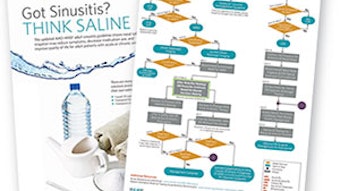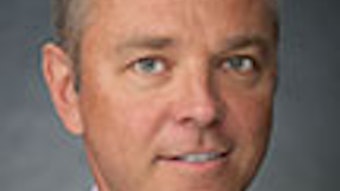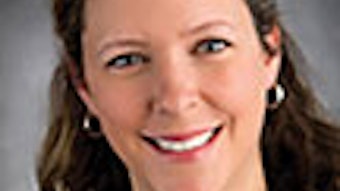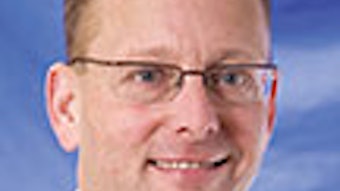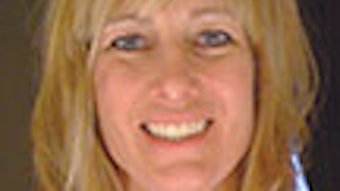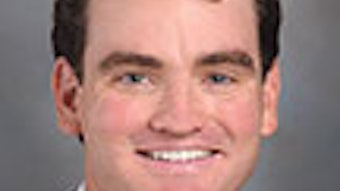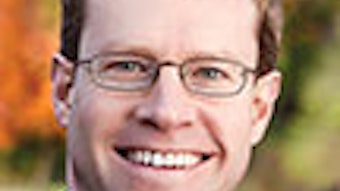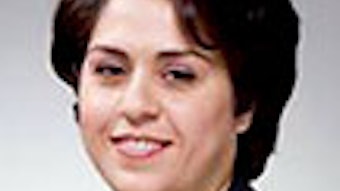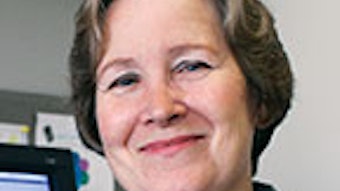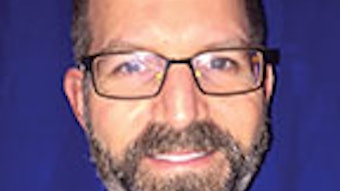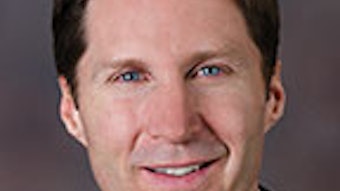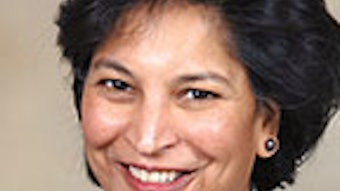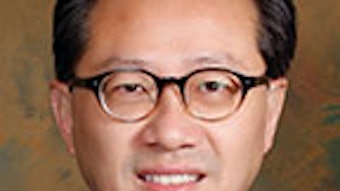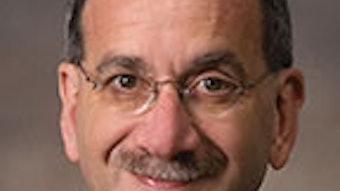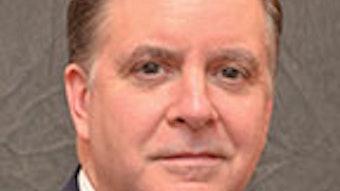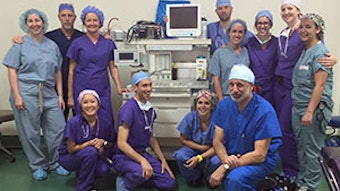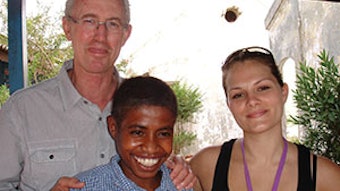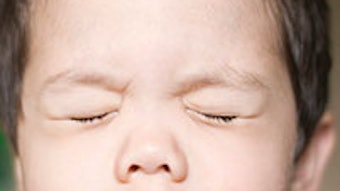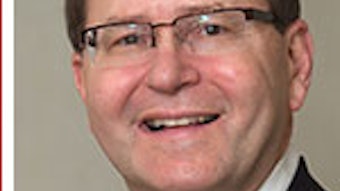Global otolaryngology education
I recently spent two months teaching ENT residents at a medical center in Tanzania. The experience was very rewarding, and you can imagine how nice it was to operate nearly every day, with no night call! No coding. No precertification issues for surgery. No struggles with getting insurance companies to approve a specific prescription or test.
By Gayle E. Woodson, MD, AAO-HNS/F President
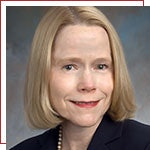 Gayle E. Woodson, MD, AAO-HNS/F President
Gayle E. Woodson, MD, AAO-HNS/F PresidentI recently spent two months teaching ENT residents at a medical center in Tanzania. The experience was very rewarding, and you can imagine how nice it was to operate nearly every day, with no night call! No coding. No precertification issues for surgery. No struggles with getting insurance companies to approve a specific prescription or test.
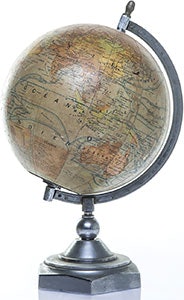
In short, I have a more acute appreciation of healthcare in our country. This is despite all those bureaucratic issues that cause us to depend so heavily on the advocacy work of your Academy.
But I have also become aware of the increasingly global availability of healthcare information. In the past we used to donate old textbooks and other outdated materials to developing countries. Now, physicians and students have nearly instantaneous access to a vast array of up-to-date information over the Internet. At this center, I have witnessed the positive effects of applying newer protocols and guidelines in the management of patients, particularly in the area of perinatal mortality. And in this ENT department, 20 medical students rotate through the clinic each month. Each morning, two students give a presentation on an assigned topic. And they do an amazing job of presenting up-to-date information from resources ranging from Wikipedia to PubMed. What they learn about airway management and tumor surveillance is important and potentially life-saving for their future patients. Cell phones and other wireless devices are so prolific in Africa! Even in remote areas with no electricity or running water, people have wireless modems and their devices are recharged by pedal-powered generators.
Currently Sonya Malekzadeh, MD, is leading a Task Force, in collaboration with ABOto, Association of Academic Departments of Otolaryngology (AADO), Otolaryngology Program Directors Organization (OPDO), Society of University Otolaryngologists-Head and Neck Surgeons (SUO), and specialty societies, to explore the feasibility of a standardized otolaryngology curriculum. You can be certain that if this effort succeeds, a valuable product will be accessed by residents and students throughout the world.
These rapid changes in global information exchange should give us pause to consider the role our Academy plays in otolaryngology care throughout the world. And the Ebola crisis has heightened our awareness that we are not isolated. We are increasingly interconnected, even to seemingly remote areas. Many of our Members generously donate time and effort to humanitarian outreach programs. We must also attend to the specific priorities of scholarly activities. International colleagues attend our meetings in greater numbers each year, enriching our conferences with fresh perspectives and taking new knowledge to their home countries. I am confident that our International Task Force will identify ways to strengthen the valuable role that our Academy plays in the care of otolaryngology patients worldwide.

